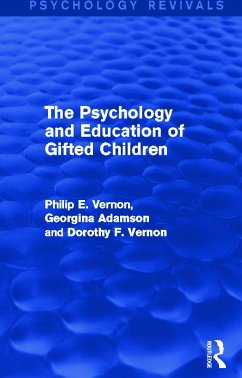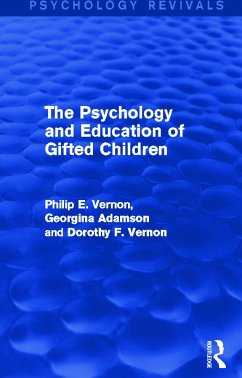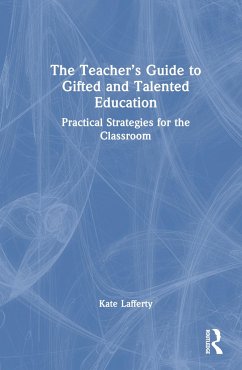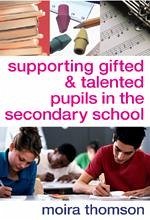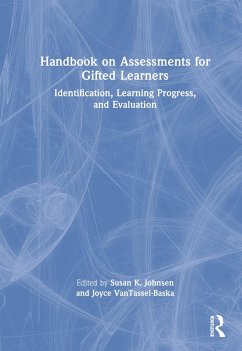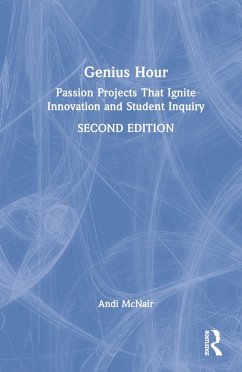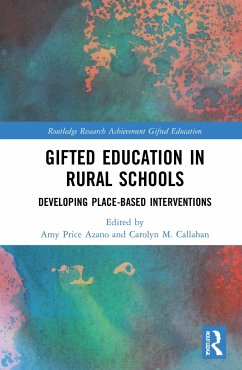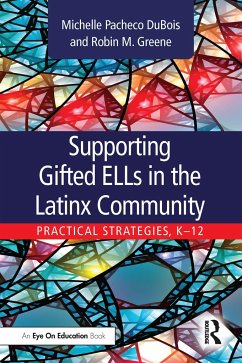
The Handbook of Secondary Gifted Education
Versandkostenfrei!
Versandfertig in 1-2 Wochen
85,99 €
inkl. MwSt.
Weitere Ausgaben:

PAYBACK Punkte
43 °P sammeln!
The Handbook of Secondary Gifted Education offers an in-depth, research-based look at ways schools and classrooms can support the development of gifted adolescents.





